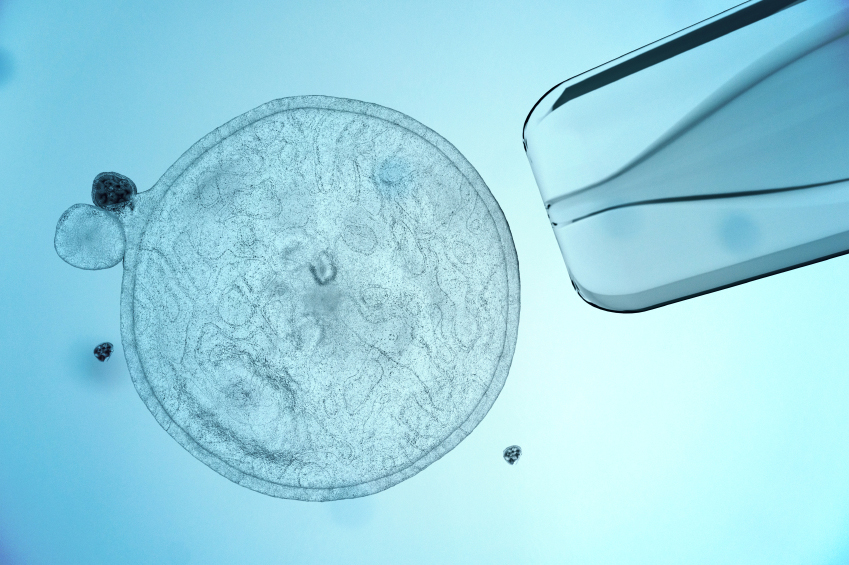In a report published on 4th November 2008 1, Marie-Thérèse Hermane (UMP senator) denounced, in the name of the Senate commission on Social Affairs, the French delay concerning the storage of cord blood (see Letter Gènéthique No 91). 20 years after the first global cord blood graft, performed by Pr Eliane Gluckman (Saint-Louis hospital, Paris), France ranks 16 at global level in terms of umbilical cord blood units USP) (stored per inhabitant, with 7,000 USP when 50,000 would be necessary to comply with the national needs. It is the objective fixed by this report up to 2008.
Marrow/blood comparison
The cells extracted from cord blood are pluripotent and yet used successfully in nearly 85 therapeutic indications, related to blood diseases, which affect over 126,000 people per year in France. In 1988, from the success of Pr Eliane Gluckman’s team, 20,000 people could benefit from this type of graft. Cord blood grafts replace advantageously marrow grafts, especially because they tolerate differences of HLA system. ”It has to be note that the non HLA identical cord blood graft gives also as good results as marrow graft, if the cord blood is HLA identical, the results are even better than for marrow graft”, explains Pr Gluckman. When only 9% of the patients waiting for marrow graft find a compatible donor, all patients who have to receive cord blood graft find a compatible donor. We note that, each year, the part of cord blood graft increases to the detriment of marrow grafts. Thus, in 2007, cord blood grafts represented 27% of allogeneic grafts performed in France.
High therapeutic potential
In addition to blood diseases, scientists think they can use cells from cord blood to reconstitute the bones, the skin of severely burned people and also plan to treat juvenile diabetes, some neurologic and cardiac diseases or even some hepatic and renal diseases. This therapeutic richness assumes the State’s liability: ”its inaction (…) could one day be analysed as a loss of chance for French families who could not stored the umbilical cord blood”.
A lack which can cost a lot
In 2007, 64% of the grafts used in France have been imported, which, with an average cost of import of 18,000 euro per unit, resulted in a deficit of 3.6 million euro paid by the social security. Today, only eight maternity homes are habilitated to collect cord blood in France. Today, in the absence of collection policy, the quasi-totality of umbilical cords are considered as surgical wastes and are incinerated.
The report proposals
The Senate’s report defends a “more ambitious collection policy” performed “in the respect of ethical principles of anonymous donation, free and non directed”. It insists on the need to create a network of maternity homes habilitated to sample cord blood, develop professional training and the information to the public and favour the research. The report proposes also to associate private clinics deprived from collection activity and to authorise, for experimental purposes, the implantation of private banks – today prohibited in France – while respecting the principles of solidarity. The storage in these banks would be chargeable and made with a graft perspective but, in parallel, the grafts would be registered in the national list and then susceptible to be used for solidarity allogeneic needs. Moreover, the simultaneous development of an activity deprived from public banks would enable consolidating their financing.

